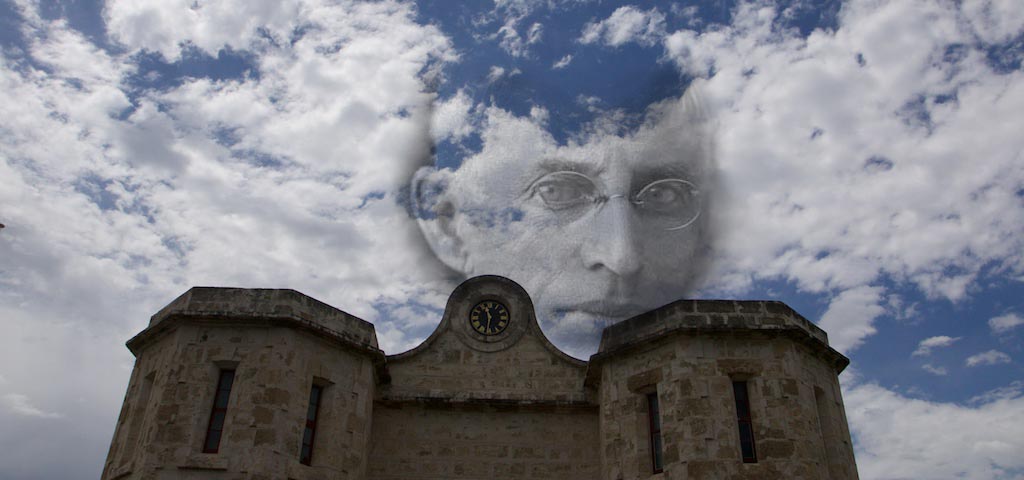
Going to the Fairies…
My sister asked her Miss Nearly-three what sort of cake she would like for her impending birthday. Her mother hopefully […]

My sister asked her Miss Nearly-three what sort of cake she would like for her impending birthday. Her mother hopefully […]

A visit to the tunnels under the old Convict Establishment in Fremantle, Western Australia